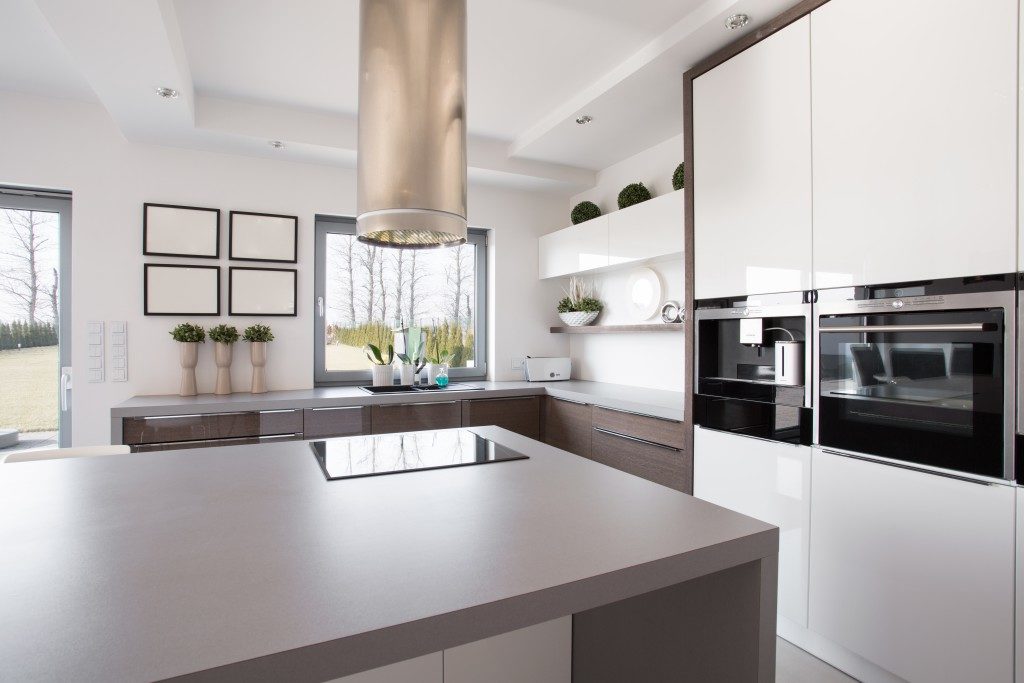Your home should be a safe and accessible space that helps you live your life with ease and comfort. Your needs will change as you age, and making the home renovations now that you will need later is a great way to avoid stress and difficulties.
An accessible and elder-friendly home is a welcoming space for people with disabilities as well. It is simply an easier home to live in for anyone. This also means that you could receive some very desirable offers if you ever decide to sell your home.
The type of issues faced by people who have alternate living needs are many, and their resources are limited. The unexpected can happen anytime in the form of workplace hazards or auto-accidents. In these cases, a good attorney will be able to help you sue for physical impairment or seek disability benefits for mental impairments.
This will ease your burden when looking to adapt your home to become a more accessible space. Luckily, accessibility home improvements are easy to plan and do not require extensive remodeling.
Replace Stairs with Ramps
Many places in a home will have small stairs. Whether the steps leading to the door or a step down from the dining area to the kitchen, they make your home harder to navigate for people with wheelchairs or walking difficulties. Replace these with gently-inclined ramps. Ramps are accessible and better for the knees.
Install a Stair Lift
This will be best for the main staircase of the home. A stair lift allows everyone in your home the freedom to access all living spaces. The peace of mind far outweighs the initial costs involved in knowing that you can continue to sleep in your bedroom, even if taking the stairs becomes too difficult physically. This allows people to maintain their beloved routines without change and make it easier to accept help as they grow older.
Make the Bathrooms Safer

A bathroom is a fall-risk, and an inaccessible bathroom can create more trouble than it is worth. Smooth tiled bathroom floors are very hazardous to the elderly and not much safer for anyone else either. Anyone can be at risk of falling and injuring themselves.
Replace the tiles or past slip-resistant stickers to them. Incorporate silicone bathmats designed to give good grip when walking on them with wet feet. Add accessibility railing to the shower and bathtub. Consider replacing the bathtub with a step-in tub. These can help reduce the risk of falls when entering and exiting a slick tub.
Install Handrails around the Toilet
The elderly have weak knees that may strand them on a toilet that is too low. Replace the toilet with a higher model that allows for easy seating. Install two types of handrails around the toilet to make it easier for people to sit down and get up once they are finished.
Handrails can reduce the likelihood of someone getting trapped on the seat, reduces the fall-risk, and gives them something to hold onto to maintain balance. The psychological benefits of taking care of your own toilet needs without seeking assistance from someone will allow people to retain their dignity and maintain a happier quality of life.
Remodel the Doors around the House
Consider removing doors where you can and removing the doorknobs from the ones you need to keep. Automatic doors or easy-swing doors will increase accessibility while reducing the fear of getting locked in or out.
You can install a smart door lock that recognizes your voice or requires a passcode to enter the front door. This way, your elderly relatives will not need to remember where they kept their keys. You can even give them a wearable smart device that the door lock can detect and automatically unlock for them.
In general, making your home accessible is about making it the kind of place where everyone can feel welcome. A home should be a safe space, both mentally and physically. These kinds of changes help make that so while giving caretakers the freedom to go out knowing that everyone is safe and happy.
Start small to get a feel for the changes. Evaluate your home for risk factors such as slick surfaces, unexpected steps, and sharp corners. Rearrange your furniture to make walking through the home more intuitive and less hazardous. If you are unsure how to get started or how to recognize risk areas, then bring in an expert. It is never too late to start making home improvements, and this could easily become the hobby you need to help you relax and de-stress while at home. Knowing that what you are doing is making your home a better place to be in will give you a wonderful feeling of accomplishment and satisfaction.



